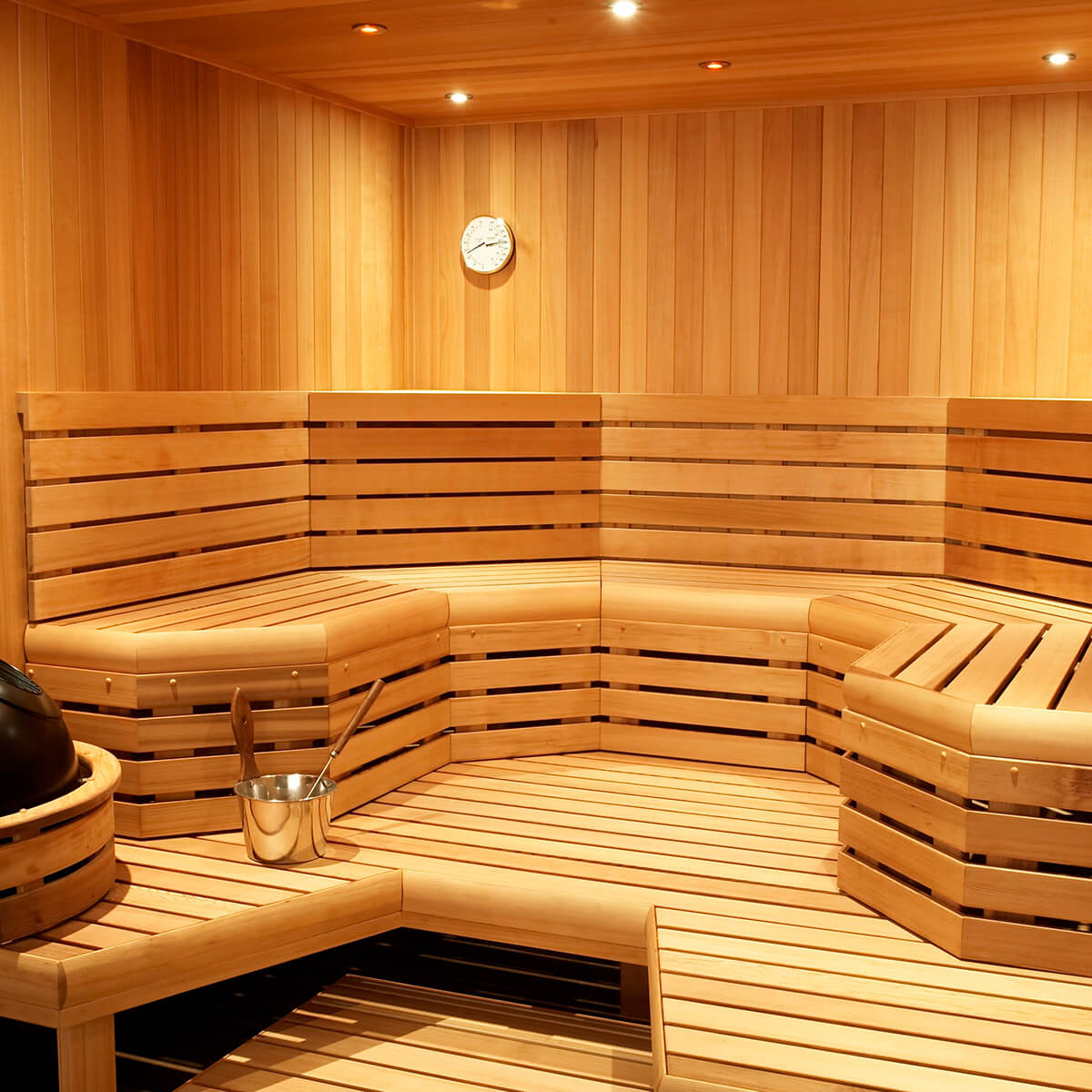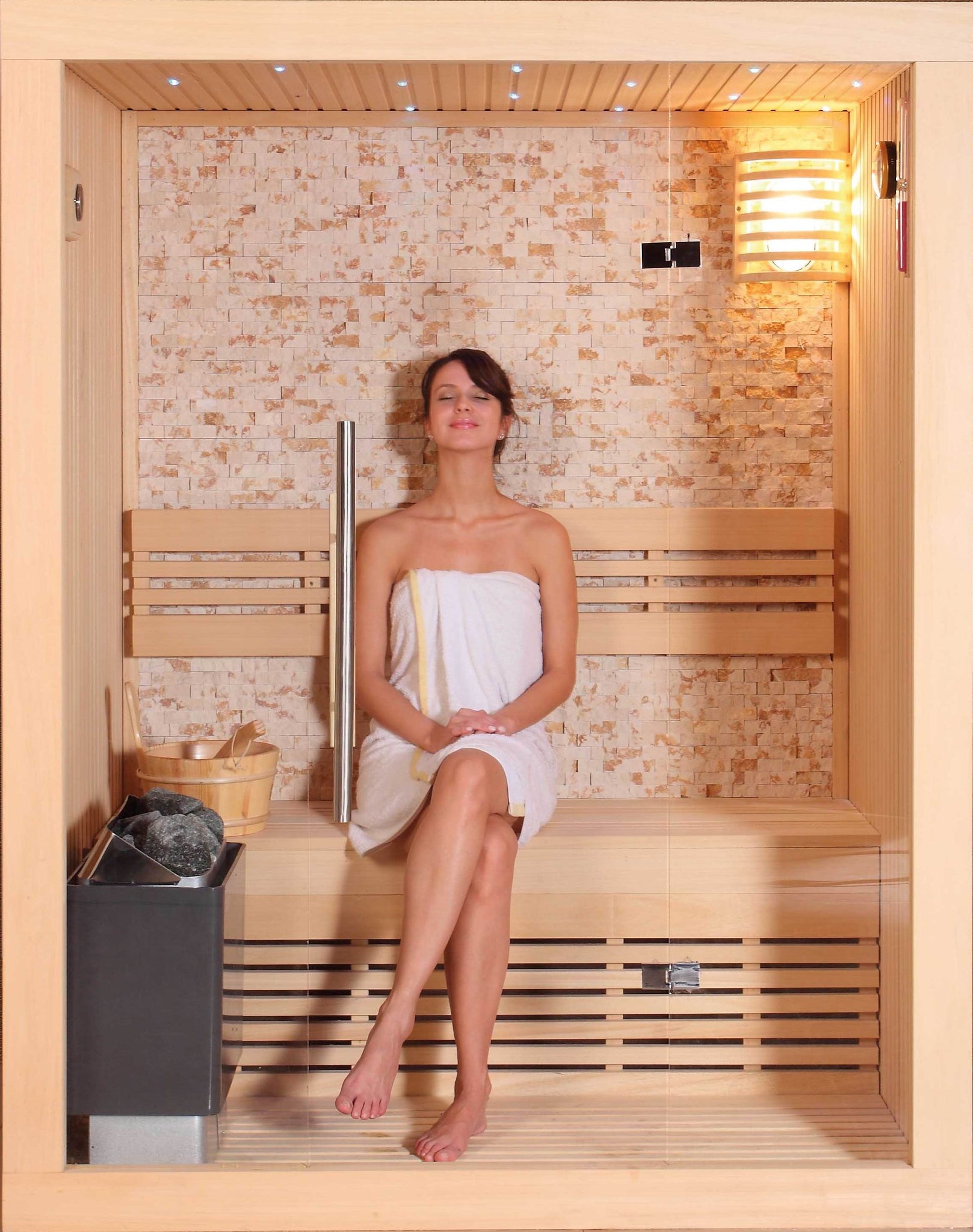Some Of Traditional Sauna
Table of ContentsTraditional Sauna Fundamentals ExplainedThe 15-Second Trick For Traditional SaunaSome Known Factual Statements About Traditional Sauna The Traditional Sauna PDFsIndicators on Traditional Sauna You Need To Know
Energy cost savings is one point to consider for individuals that intend on utilizing their sauna regularly. For a conventional sauna, bathers usually need to wait for 30-40 minutes for the space to preheat before entering. Infrared saunas, on the other hand, usually reach their optimal temperature in about 15 mins.That indicates that in an infrared sauna, bathers can start appreciating their sauna quickly. One distinction in between the two types of sauna that is commonly neglected is the social experience.
Consider exactly how numerous individuals will certainly be making use of the sauna before making your choice - Traditional Sauna. Adding a sauna to your home can be among one of the most interesting and gratifying choices you'll ever make. Normal sauna usage will boost your circulation, maintain much healthier skin, support kidney function, minimize blood pressure, boost brain feature, and much more
Traditional Sauna Can Be Fun For Anyone

Infrared and standard dry saunas are both prominent choices for those looking for leisure and healing benefits. There are some vital differences between the 2 types of saunas that must be considered prior to making a choice. Standard completely dry saunas make use of warmed rocks to produce vapor, while infrared saunas utilize infrared heaters to directly heat the body.
Aspects such as warmth resistance, desired level of detoxification, and overall health and wellness must be thought about when determining which kind of sauna to utilize. Infrared saunas are a sort of sauna that use infrared light to heat up the body straight, as opposed to warming the air around the body like traditional saunas.
The temperature in an infrared sauna is commonly reduced than in a typical sauna, with temperature levels ranging from 120F to 150F. Traditional Sauna. Infrared saunas use a range of advantages that make them an attractive choice for those wanting to boost their health and wellness and well-being. Some of the benefits of infrared saunas consist of: Infrared saunas use reduced temperature levels than traditional saunas, which can make them a lot more comfy for those that discover high temperature levels hard to endure
6 Easy Facts About Traditional Sauna Described
This can aid to advertise relaxation, reduce muscular tissue stress, and relieve pain. Some experts suggest that infrared saunas may provide advantages for relaxing a sore throat. Infrared saunas have actually been revealed to help the body remove contaminants through sweating. Sweating can also assist to boost skin health and wellness by getting rid of contaminations and dead skin cells.
The warm created by infrared saunas can aid to increase blood circulation and improve circulation. Infrared saunas have been shown to assist reduce stress and promote relaxation.

The Best Guide To Traditional Sauna

There are a number of benefits to utilizing a traditional completely dry sauna. Below are a couple of: Relaxation: The high temperature level and low moisture in conventional dry saunas can help relax the muscular tissues and reduce tension levels. Cleansing: Sweating in a sauna can help remove contaminants from the body, which can boost total wellness.
When it concerns saunas, there are 2 main kinds of heating approaches: conventional and infrared. Typical saunas utilize warmed air to heat the body, while infrared saunas utilize infrared radiation to penetrate the skin and warm the body from within. One of the main differences in between the 2 approaches is the kind of warm they create.
Conventional saunas warm the air, which after that warms the body with convection. Infrared saunas, on the other hand, warmth the body directly with radiation.
In regards to energy effectiveness, infrared saunas are typically a lot more reliable than traditional saunas because they require much less power to operate. They also warm up faster, so Discover More they can be used for much shorter sessions. When it concerns the effects on the body, both kinds of saunas have been shown to have benefits.
Rumored Buzz on Traditional Sauna
Infrared saunas have actually been revealed to have comparable benefits, in addition to potentially helping with cleansing, skin wellness, and immune function. In general, the selection between a typical or infrared sauna boils down to personal choice and individual demands. Typical saunas might be better for those that choose greater temperatures and an extra intense sweat reaction, while infrared saunas might be better for those who desire a more gentle and efficient heat therapy.
Both kinds of saunas use unique advantages and drawbacks that must be taken into consideration prior to deciding. The selection between an infrared sauna and a typical completely dry sauna greatly relies on individual preference and the desired benefits - Traditional Sauna. Those that like an even more comfy, lower temperature level atmosphere may like an infrared sauna, while those that are looking for intense warm and a standard sauna experience may favor a traditional dry sauna
Below are some safety and security suggestions to maintain in mind when utilizing infrared and typical completely dry saunas:: Saunas can trigger excessive sweating, causing dehydration. It is very important to drink plenty of water in the past, during, these details and after sauna sessions to remain hydrated.: It is suggested to restrict sauna sessions to 20-30 minutes to prevent overheating and dehydration.